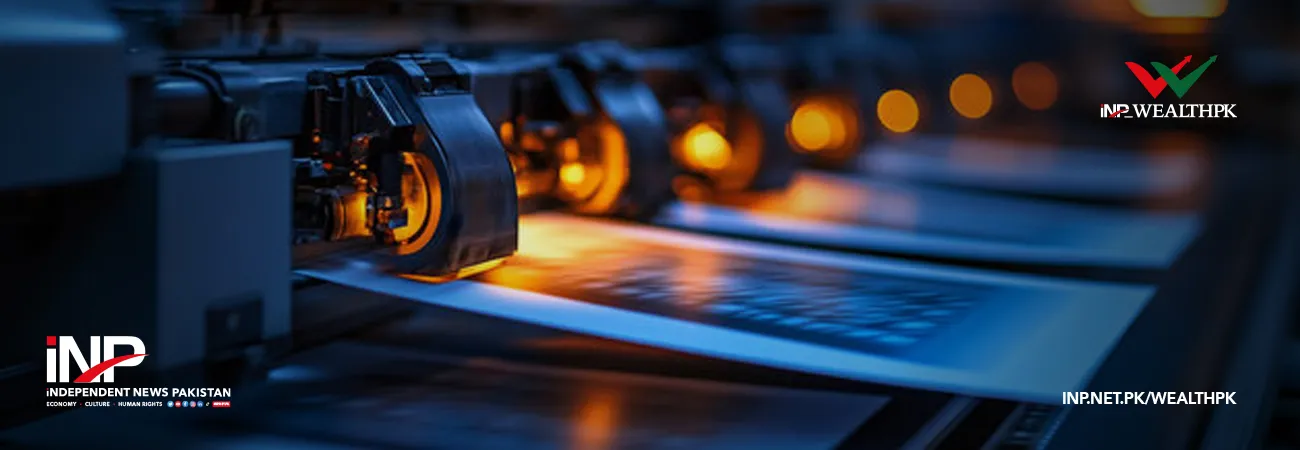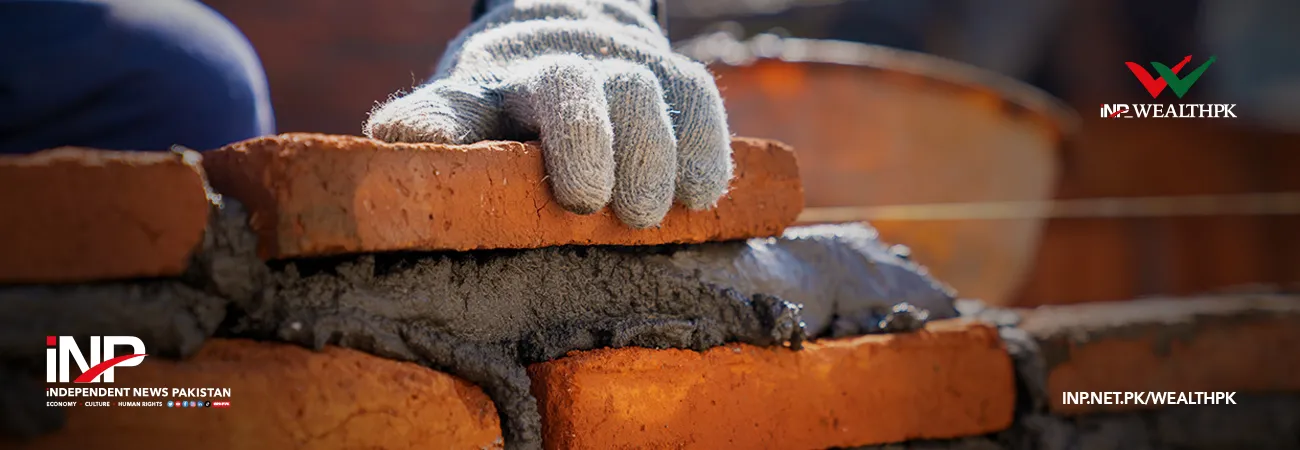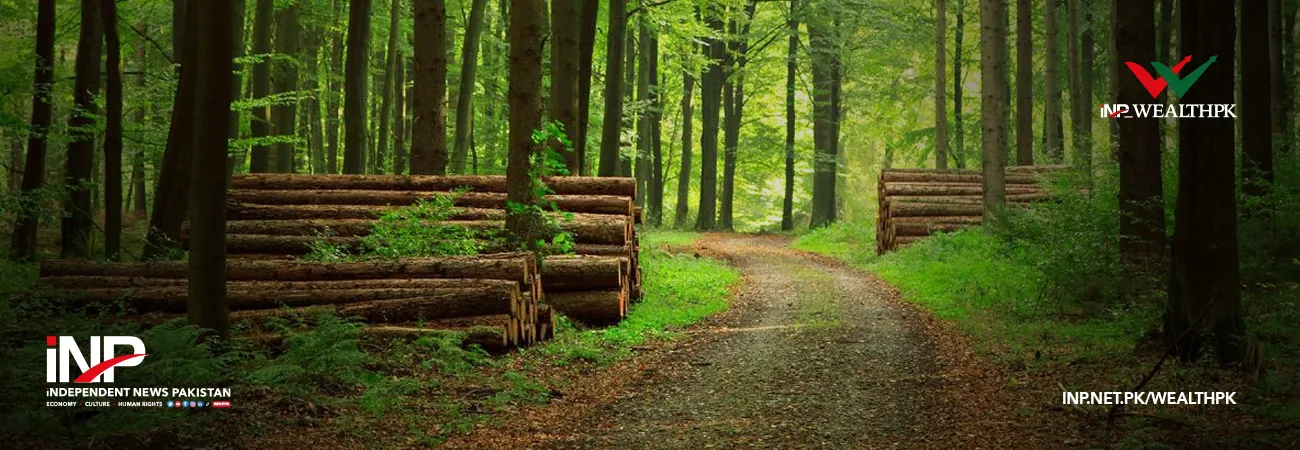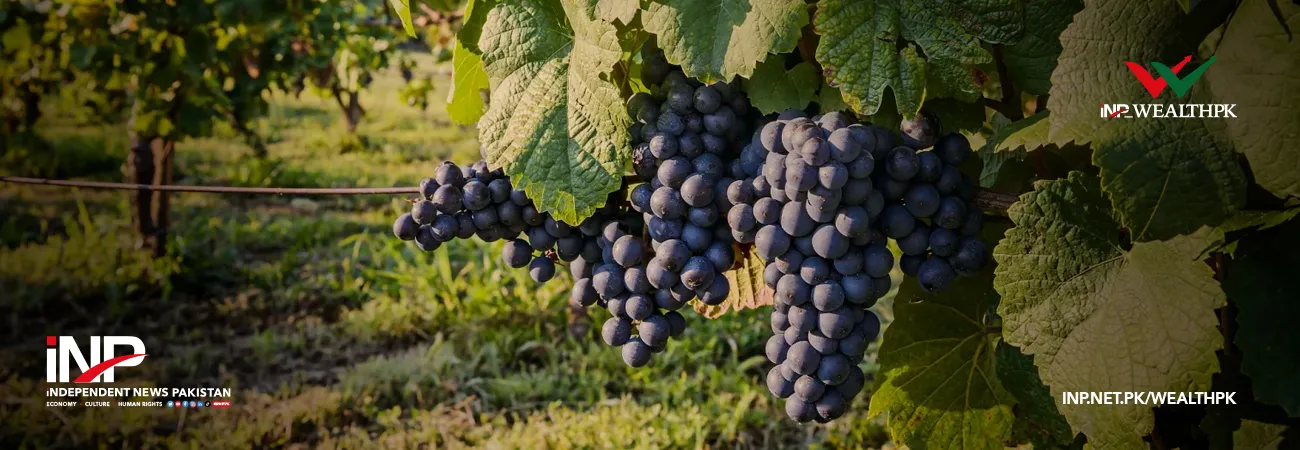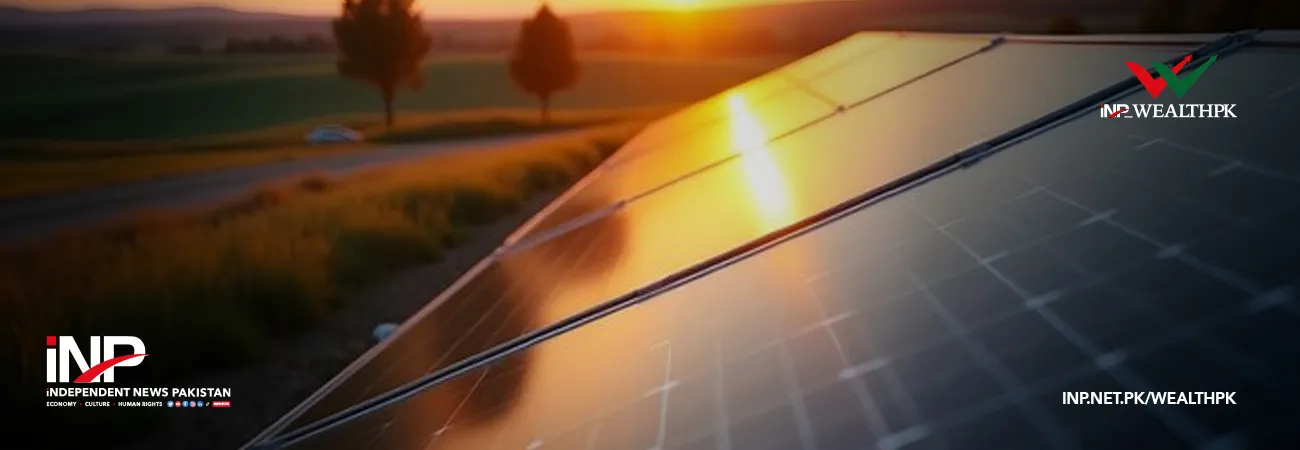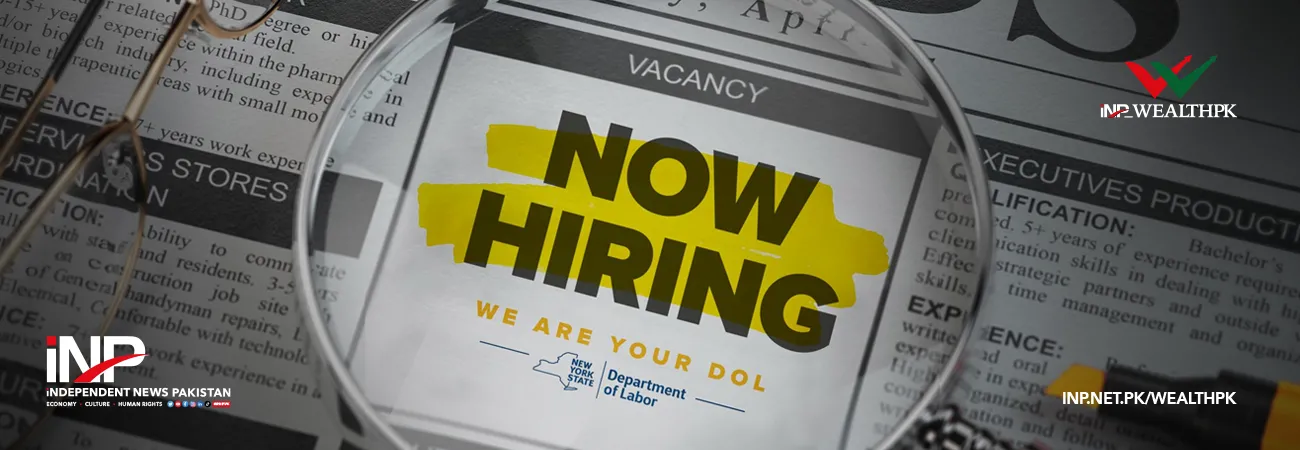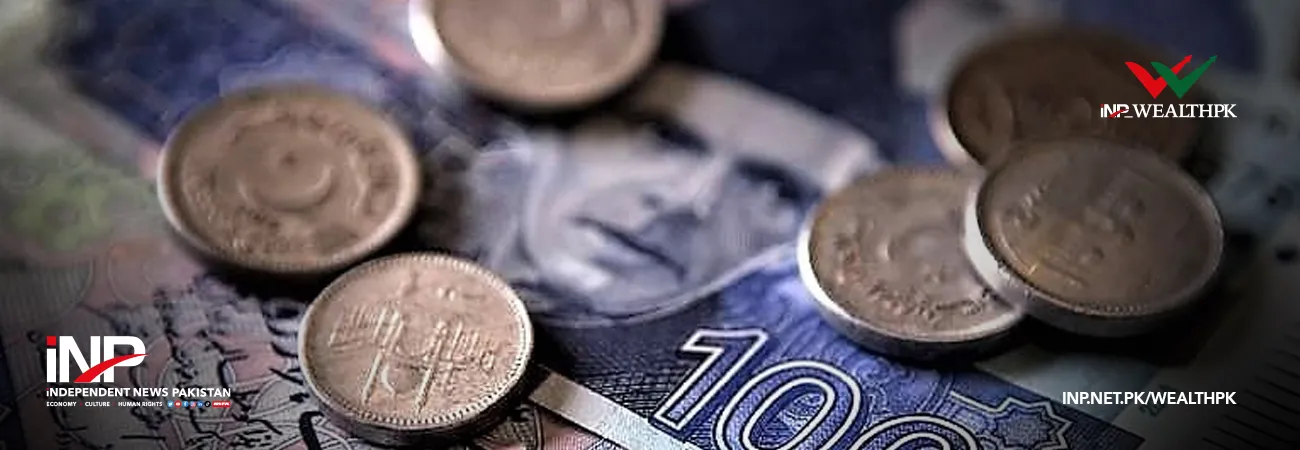آئی این پی ویلتھ پی کے
Muhammad Luqman
Nestled near Lahore’s historic Lakshmi Chowk on McLeod Road, Royal Park once stood as the beating heart of Pakistan’s film industry. For over seven decades, this historic neighborhood has witnessed the rise and fall of Lollywood, evolving from a glamorous center of cinematic activity into a bustling hub for printing and advertising.
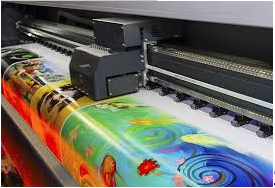
Soon after the independence, Royal Park emerged as the unofficial headquarters of the Pakistani film industry. With numerous film distribution offices, poster design studios, and publicity firms, it became the launching pad for many legendary films and artists. The streets of Royal Park were often filled with vibrant hand-painted posters, echoing the excitement of new cinematic releases.
“The Royal Park housed nearly 400 offices belonging to different film professionals, from producers, directors and distributors to music composers and even camera technicians,” recalled film producer Chaudhary Javed Warriach. Talking to WealthPK, he said that the historic buildings like the Kalyan, Durrani and Razia Mansions, Geeta Boon Building and Mahboob Pictures stood proud at Royal Park till just about two decades ago, along with adjoining cinema houses and theatres.
Various film businesses like Nazir Films, Capri Films, Kashmir Pictures, Film Land and Friends Pictures all operated here for decades. However, according to him, the industry witnessed decline in 1980s due to political instability, censorship and advent of alternate entertainment media like VHS, VCR and cable TV. “With few films produced, the once thriving film marketing business came to a virtual halt,” Chaudhary Javed Warriach recalled.
He said that the conversion of traditional cinemas into theatres and shopping centers just added worst to the situation. Royal Park started to change. Many poster artists and film distributors shuttered their operations, while others adapted by turning to general printing and commercial advertising. The neighborhood gradually morphed into a printing district, where signboards, banners, wedding cards, and brochures replaced film posters.
“There were times when hundreds of new movies were premiered in Pakistan’s vast circuit of cinemas annually,” said Chaudhary Muhammad Kamran, a film distributor who still owns an office in Royal Park. “Things have changed drastically,” he said while remembering yester years. He said that there had been occasional calls from historians and cultural advocates to preserve the legacy of Royal Park as an important chapter in Pakistan’s creative history.
“But no serious effort has been made by Walled City Authority to preserve Royal Park with its true identity,” Chaudhary Muhammad Kamran told WealthPK. Today, Royal Park is known more for its bustling printing presses than for its cinematic past. Over 1000 small businesses line the narrow streets, offering a wide range of printing services.
While the echoes of film reels and premiere nights have faded, the energy remains, transformed into the hum of digital printers and cutting machines. “Most of the printing press units from Mayo Hospital Road and Paisa bazaar have moved to Royal Park to benefit from its central location in Lahore city,” Imtiaz Ahmad Bhatti, Chief Executive of an advertisement company told WealthPK.
He said that the emergence of a printing press market in place of cinema industry offices in Royal Park was due to the vacuum left with the shifting of offices of producers, distributors and other cinema industry stake holders to Karachi and even other parts of Lahore city. He said that the change in technologies also played a big role in Royal Park’s transformation into a press market.
“Now most of the digital printing is carried out in Royal Park as they get orders from across the country,” Imtiaz Ahmad said. He said that the business in Royal Park touches new heights on the occasion of general elections when the printing presses receive orders for flexes and banners of candidates from almost every constituency of Pakistan.
Credit: INP-WealthPk


